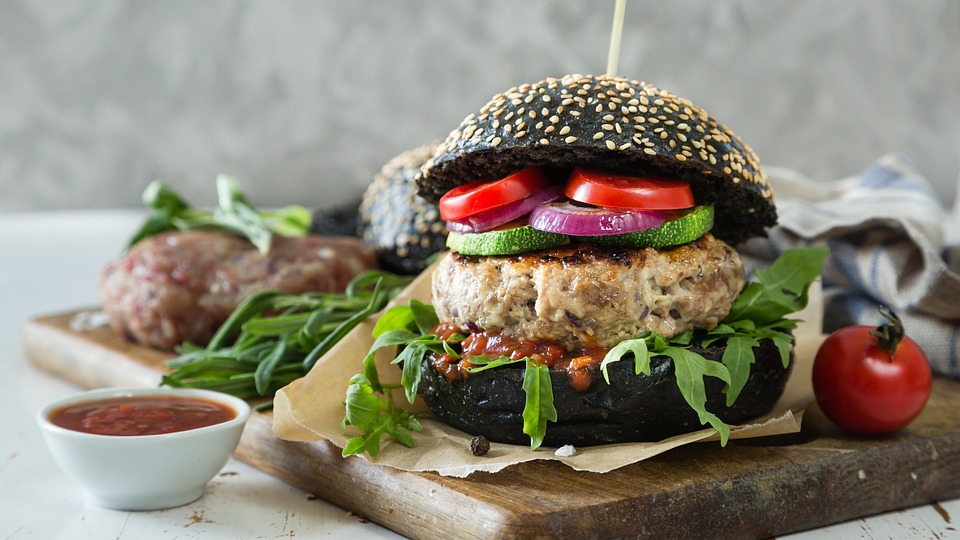
Vegan and Soy-Free: The Perfect Vegan Meal Plan
As more people embrace veganism as a lifestyle choice, there is a growing interest in plant-based meal plans that are not only healthy, but also soy-free. For those who are allergic to soy or simply want to avoid it, creating a balanced and delicious vegetarian meal plan can seem difficult. However, with the right knowledge and ingredients, creating a soy-free, plant-based meal plan is completely achievable.
Benefits of a vegetarian and soy-free diet
Before delving into the details of a vegan meal plan, it’s important to understand the benefits of a vegan and soy-free diet. Advantages of this diet include:
- Reducing the risk of heart disease and certain types of cancer
- Low cholesterol levels
- Weight management
- Increase your intake of essential vitamins and minerals
- Environmental sustainability
The building blocks of a soy-free vegan meal plan
Creating a soy-free, plant-based meal plan involves replacing soy-based proteins with other nutrient-dense alternatives. Some essential elements of a soy-free vegetarian meal plan include:
- Vegetables: Lentils, chickpeas, black beans, and kidney beans are excellent sources of plant-based protein.
- Nuts and seeds: Almonds, walnuts, chia seeds, and hemp seeds provide healthy fats and protein.
- Whole grains: Quinoa, brown rice, and oats are great sources of carbohydrates and fiber.
- Vegetables: Spinach, broccoli, kale, and sweet potatoes provide essential nutrients and antioxidants.
- Fruits: Berries, oranges, apples and bananas are excellent sources of vitamins and minerals.
Sample soy-free vegetarian meal plan
Here is a sample meal plan that includes the essential elements of a soy-free vegan diet:
Day 1
- Breakfast: Quinoa breakfast bowl with mixed berries and nuts
- Lunch: Chickpea salad with mixed vegetables and avocado
- Dinner: curried lentils with brown rice
the second day
- Breakfast: Oatmeal with almond milk and banana slices
- Lunch: Black bean and sweet potato tacos
- Dinner: Grilled vegetable skewers with quinoa
Tips for successful meal planning
When creating a soy-free, vegan meal plan, it’s important to keep these tips in mind:
- Diversify your protein sources to ensure you get a wide range of essential amino acids.
- Incorporate a variety of fruits and vegetables to maximize nutrient intake.
- Experiment with different herbs and spices to add flavor to your meals without relying on soy-based sauces.
- Plan your meals in advance and prepare ingredients in batches to save time during the week.
Case study: Impact of a soy-free vegan diet
Research has shown that adopting a soy-free, plant-based diet can have significant health benefits. A study conducted at the University of Oxford found that participants who followed a soy-free, vegetarian diet saw significantly lower cholesterol levels and a lower risk of heart disease compared to those who ate a diet that included soy-containing products.
Challenges and solutions
While there are many benefits to a soy-free vegan diet, it is important to acknowledge the potential challenges. Some individuals may have difficulty getting enough protein without products containing soy. However, with careful planning and access to a variety of plant-based protein sources, it is entirely possible to meet protein requirements on a soy-free diet.
Conclusion
Creating a soy-free, plant-based meal plan requires a thoughtful approach to meal planning and ingredient selection. By embracing a variety of nutrient-dense foods, individuals can enjoy the health benefits of a plant-based diet without relying on soy. With careful planning and creative recipe ideas, a soy-free vegetarian meal plan can be delicious and satisfying.

0 Comments